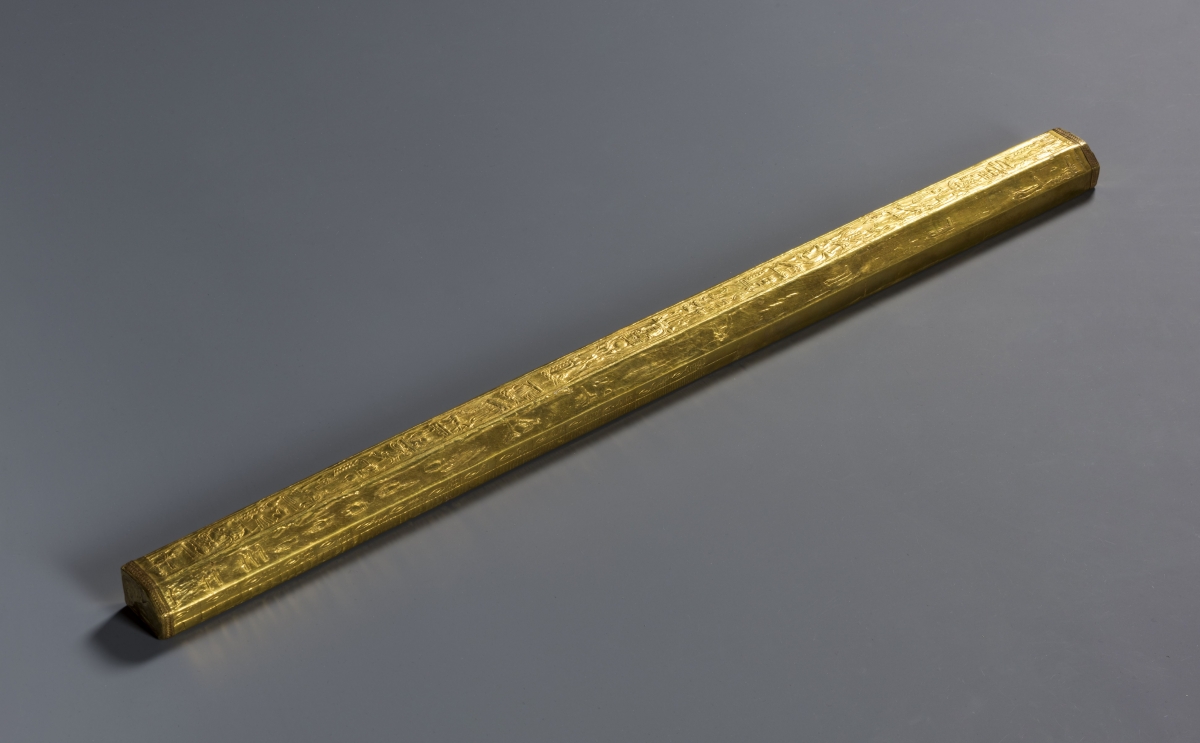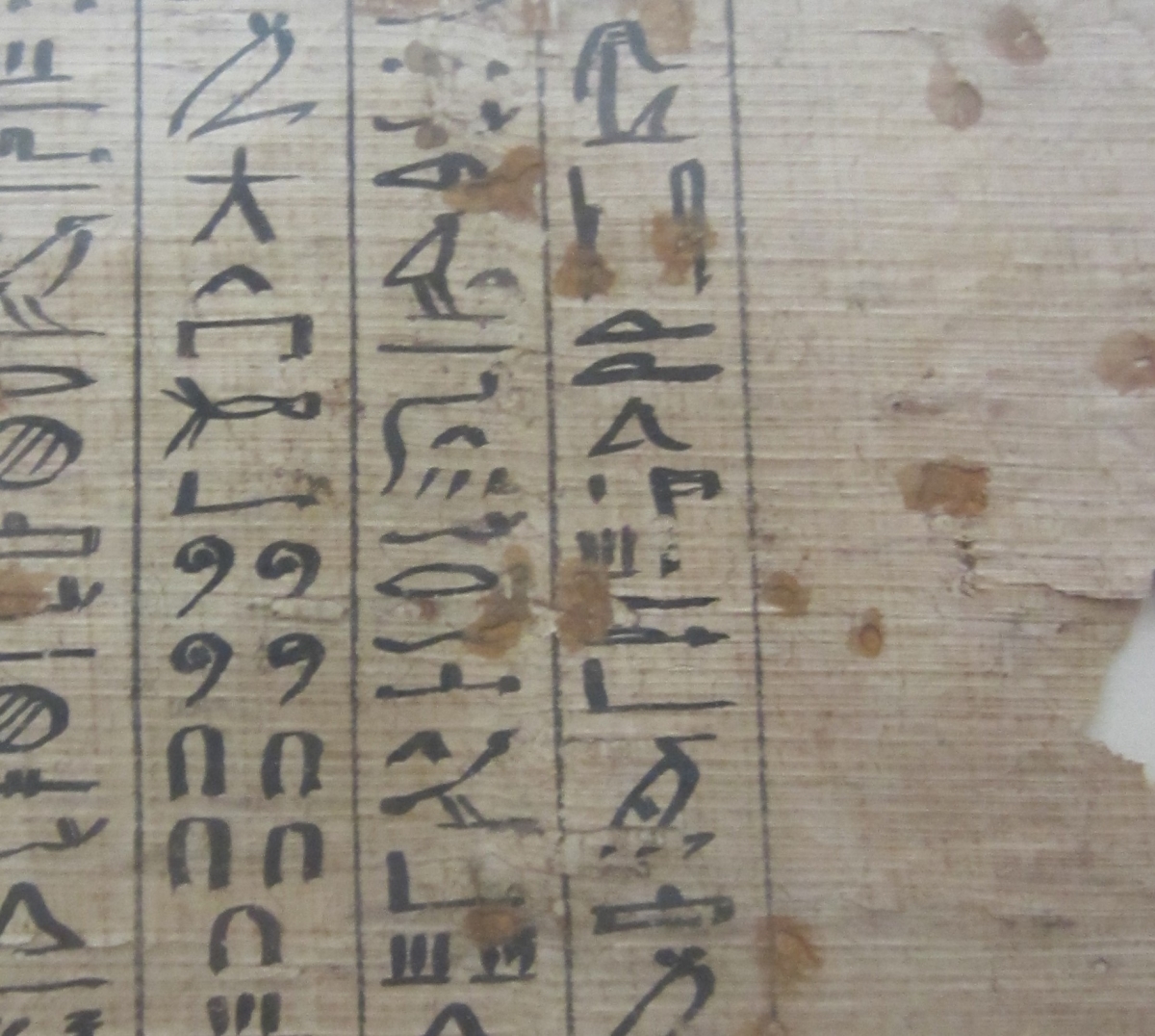- About MAA
- Membership
- MAA Publications
- Periodicals
- Blogs
- MAA Book Series
- MAA Press (an imprint of the AMS)
- MAA Notes
- MAA Reviews
- Mathematical Communication
- Information for Libraries
- Author Resources
- Advertise with MAA
- Meetings
- Competitions
- Programs
- Communities
- MAA Sections
- SIGMAA
- MAA Connect
- Students
- MAA Awards
- Awards Booklets
- Writing Awards
- Teaching Awards
- Service Awards
- Research Awards
- Lecture Awards
- Putnam Competition Individual and Team Winners
- D. E. Shaw Group AMC 8 Awards & Certificates
- Maryam Mirzakhani AMC 10 A Awards & Certificates
- Two Sigma AMC 10 B Awards & Certificates
- Jane Street AMC 12 A Awards & Certificates
- Akamai AMC 12 B Awards & Certificates
- High School Teachers
- News
You are here
An Ancient Egyptian Mathematical Photo Album: Samples of Numeral Hieroglyphs by Location – Turin’s Museo Egizio
Turin, Italy may not seem like an obvious place to search for Egyptian numeric hieroglyphs, but it is home to the Museo Egizio, billed as the “world’s oldest museum devoted entirely to ancient Egyptian culture.” The author visited this museum during the 2012 MAA study tour to Italy. Below are pictures from that trip which feature Egyptian numerals. Additionally, a database, including photographs, of over 250 papyri (most in hieratic script) housed at the museum is available (requires registration).
The museum has four cubit rods, two of which were found in the tomb of Kha, a royal architect. One of these folds in half, making it more portable for practical use. The other is covered in gold-leaf and was given to Kha in appreciation by the pharaoh Amenhotep II. The two images in Figure 40 show this commemorative cubit; first, one side covered by hieroglyphs and second, a portion of a side with the finger measurement broken into parts from \(\frac{1}{2}\) to \(\frac{1}{16}\), similar to the cubit from the Louvre, pictured in Figures 36–38.


Figure 40. An 18th Dynasty gold-leaf cubit from the tomb of Kha, now in the Museo Egizio in Turin.
Second image has been cropped to focus on the fractions. Retrieved from Museo Egizio Online Collection
(Inv. No. S_8647) and used under the Creative Commons 2.0 Italy license.
Figure 41 shows 453 in hieroglyphs in an Amduat papyrus (1076–722 BCE). Originally the Book of the Amduat was carved on royal tomb walls in the Valley of the Kings, but later it was written on papyri so that less-wealthy people could include it in their burial. The Amduat explains what happens to the sun during each of the 12 hours it passes through the underworld daily before being reborn at dawn.

Figure 41. The number 453 in hieroglyphs from the Amduat papyrus (1076–722 BCE) in the Museo Egizio in Turin, Italy.
Continue to the next section, JSesh Hieroglyph Program.
Return to list of Locations.
Cynthia J. Huffman (Pittsburg State University), "An Ancient Egyptian Mathematical Photo Album: Samples of Numeral Hieroglyphs by Location – Turin’s Museo Egizio," Convergence (April 2022)




